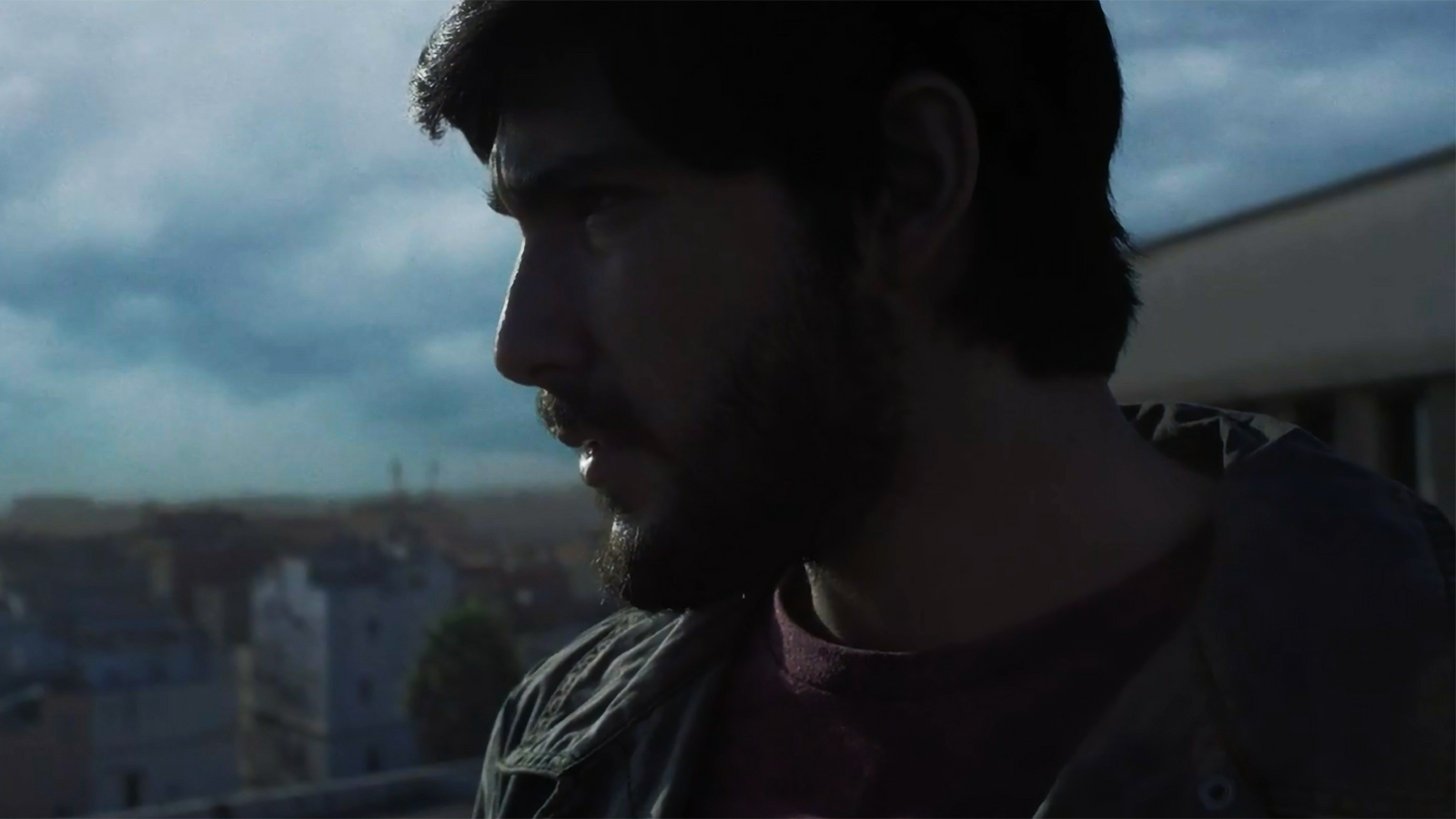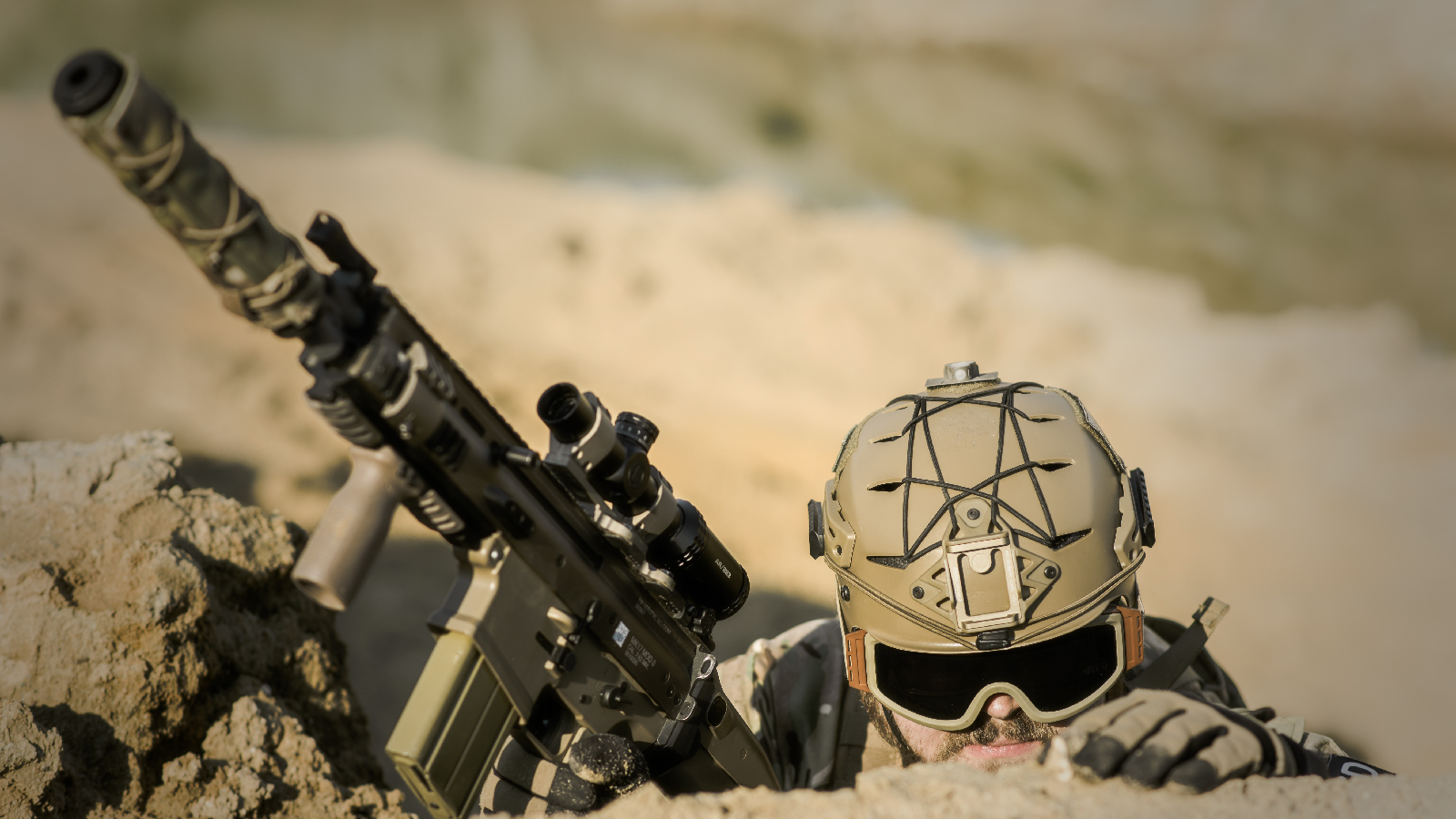(Photo via U.S. Air Force Flickr. Capt. Jason, a U-2 Dragon Lady pilot with the 5th Reconnaissance Squadron, waits in his pressure suit before his flight at Osan Air Base, South Korea, Dec. 11, 2018.)
Years before the U-2 spy planes became the darlings of the U.S. intelligence community for snapping critical photos of Soviet weapons on Cuba during the Cuban Missile Crisis, the ultra-high-altitude aircraft were skimming the edges of the atmosphere over another country, half a world away.
Its target at the time was the same location garnering so much attention today: the Suez Canal in Egypt. While today the canal is the site of a mishap the size of a 220,000 ton container ship turned sideways, nearly 70 years ago it was the center of an international crisis that threatened a new world war.
RELATED: Russians Over Wichita: ‘Open Skies’ Flights
The U.S. needed to know what was going on, and a declassified CIA history posted on the spy agency’s online archives, followed how America’s top secret spy plane made its very first foray into providing “tactical intelligence.”
“The Suez Crisis was a major turning point in the use of the U-2 airplane,” the CIA history says. “Before the crisis, the U-2 had been seen solely as a collector of strategic intelligence, with high-quality results considered more important than speed. […] Now, because of the Middle East crisis, Project AQUATONE was expected to perform like a tactical reconnaissance unit, developing film immediately after landing for instant interpretation or ‘read out.’”
A brief summary of the Suez Crisis, as it became known: The diplomatic downward spiral kicked off in July 1956 after Egyptian President Gamal Abdel Nasser nationalized the Suez Canal Company, which until that moment had been owned by a British and French enterprise. As the U.S. tried to mediate, the British repeatedly hinted that it could use force in response, and both the French and the British held secret military consultations with Israel, according to a U.S. State Department history.
RELATED: In Covert Action Warning, Burns Echoes Cold War Warning
At this point the brand new U-2s were used to do overflights of Soviet territory under what the CIA called AQUATONE, but then-President Dwight D. Eisenhower had soured on the missions, believing they were too politically risky for the intelligence they produced. He ordered the Soviet overflights to stop.
However, as the CIA history notes, the U-2s “could still be used elsewhere in the world,” and the Suez Crisis provided the planes’ next assignment.
So in August 1956 two U-2 spy planes from “Detachment A” took off from Germany, overflew the Mediterranean and the western Middle East, landed in Turkey for refueling, and then made the same overflight trip again.
“The film contained evidence of large numbers of British troops on Malta and Cyprus and more new [REDACTED] than had previously been reported,” the CIA history says, a development that showed America’s allies weren’t being as forthcoming as Eisenhower might’ve hoped.
RELATED: An Eclipse, Soviet Scientists and a Deeply Suspicious CIA
The flights kept going, more detachments were brought in and the photographs kept coming, so the CIA and the Air Force worked together to develop quick-reaction photo labs in Europe that could process and analyze the images.
The imagery couldn’t stop what was coming, but the CIA history says, “This unit’s timely and accurate information enabled the PARAMOUNT Committee [a joint U.S. task force] to predict the joint Israeli-British-French attack on Egypt three days before it took place.”
Much of what the U-2s were up to over the next few weeks is still redacted in the CIA history, but the State Department history says that on Oct. 29, 1956 the Israelis attacked, advancing within 10 miles of the canal, and initiating a 10-day war.
Turkey-based “U-2s were in the air for the next two days filming the Suez Canal area […]” the CIA report says, though the rest of that sentence is redacted.
Days after the first Israeli attack, British and French troops landed their own troops and undertook bombing runs targeting major Egyptian airfields.
As the war progressed, the value and demand for U-2 coverage skyrocketed. The CIA history tells the story of one flight in which a U-2 made two passes over the same Egyptian airbase, but between the passes the British and French had apparently bombed the base, leaving burning aircraft wreckage in their wake.
“When shown the before and after photos of Almaza[, Egypt], President Eisenhower told [head imagery analyst] Arthur Lundahl: ‘Ten-minute reconnaissance, now that’s a goal to shoot for!’”
The planes also overflew Syria, to make sure Russians weren’t bringing there own troops to a staging area there in order to support Egypt against the French and the British. This, it was feared, would trigger a much larger war. Luckily, the Russians held back, according to the U-2 photography.
(A quick aside: The CIA history says that around this time the need for faster photo processing prompted the CIA to establish another photo lab in Turkey, but one of the major problems they found was a lack of access to clean water. The CIA study says: “Detachment B personnel, therefore, purchased large amounts of borax locally for use in purifying water. In fact, they bought so much borax on the local market that one of them was arrested [REDACTED].”)
Even prior to the attack, the CIA study says Eisenhower was furious at the British and French over their troop buildup, which he believed violated an international agreement to “maintain the status quo in armaments and borders in the Middle East,” as the CIA history put it. After the war began, the U.S. protested the attack, condemning allies at the United Nations, and pressured both to accept an early peace agreement.
The British and French accepted a cease-fire agreement on November 7, and by the end of the month foreign troops began leaving Egyptian territory.
The CIA history from there moves onto the U-2s’ redeployment to Eastern Europe, though Eisenhower was still extremely wary. He allowed overflights of Soviet bloc countries, but nothing deep into the Soviet Union.
As then-Secretary of State John Foster Dulles said in what could’ve been the U.S. mantra for the next 40 years, “Our relations with Russia are pretty tense at the moment.”
Still, by that point policymakers in Washington knew they could use the U-2 for fast-moving tactical intelligence, which would prove invaluable during the Cuban missile crisis in 1962.
The U-2 would return to the Suez in 1970 to help monitor troop movements in service of a peace agreement between the Israelis and the Egyptians. The U-2 mission that time was called Project EVEN STEVEN.
[Do you have a tip or question for Code and Dagger? Send it along at CodeAndDagger@protonmail.com. Also, consider contributing to Code and Dagger on Patreon at Patreon.com/CodeAndDagger.]











